How to calculate GS-441524 dosage based on your cat’s weight?
It is very important to get the right amount of GS-441524 injection medication for your cat in order to treat Feline Infectious Peritonitis (FIP). This blog post will show you how to figure out the right dose of GS-441524 injection for your cat based on its weight, so that the medicine works best and there are the fewest side effects possible.

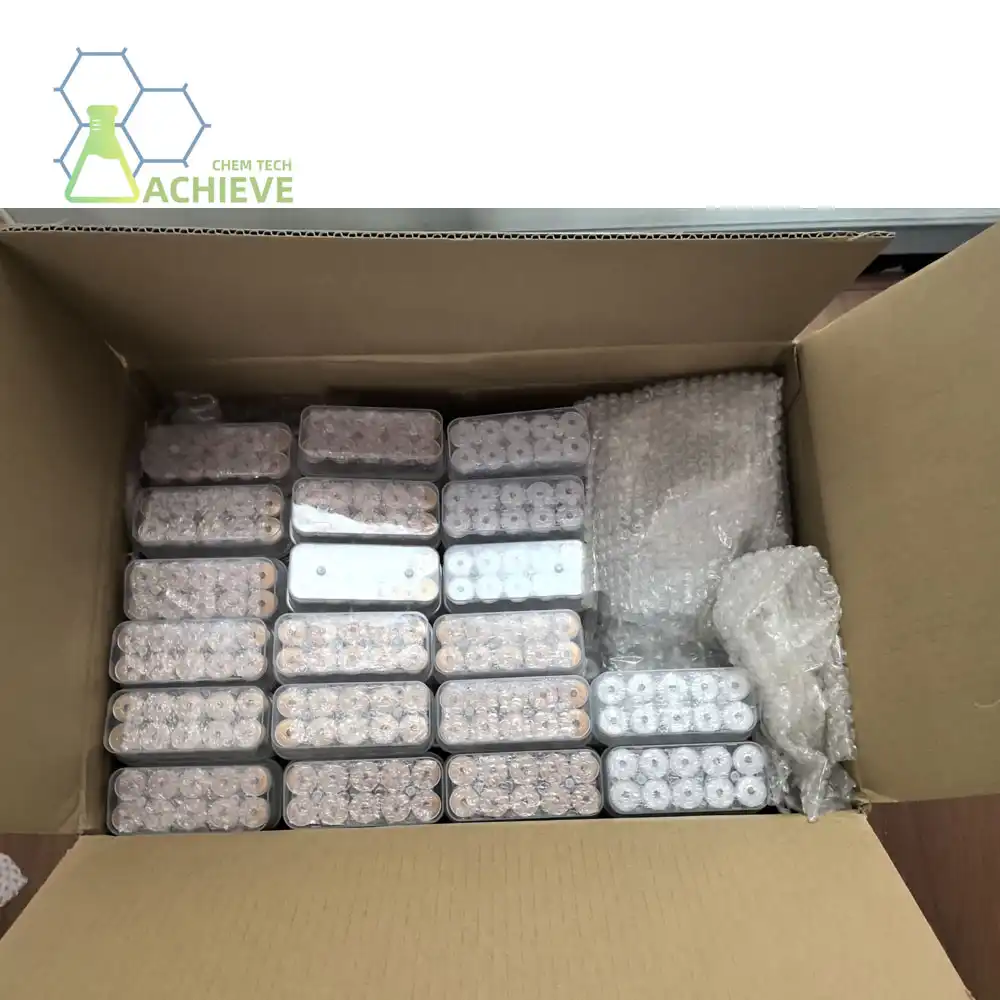
The Critical Role of Body Weight in GS-441524 Injection Dosing
When it comes to selecting the proper dosage of GS-441524 injection for cats with FIP, the body weight is an extremely important factor to consider. Because of the non-linear nature of the relationship between body weight and dosage, it is not sufficient to simply double the dosage for a cat that is twice as heavy as previously thought. In light of this intricacy, it is essential to do accurate calculations in order to guarantee successful therapy without putting patients at risk of overdose.
Why Weight-Based Dosing Matters
It is crucial to provide medication depending on the cat's weight since this takes into account the cat's metabolic rate, which is directly tied to the cat's body mass. The metabolism of larger cats is often slower than that of smaller cats, which means that they require a significantly lower dose per kilogram of body weight than smaller cats receive. This refined approach helps to maintain therapeutic levels of the medicine in the bloodstream while also reducing the danger of toxicity.
Implications of Incorrect Dosing
Administering an incorrect dose of GS-441524 injection can have serious consequences. Underdosing may lead to inadequate treatment of FIP, potentially allowing the disease to progress or develop resistance. Conversely, overdosing can result in adverse effects, including gastrointestinal distress, neurological symptoms, or even organ damage. Therefore, accurate weight-based dosing is crucial for both efficacy and safety.
Variables Influencing the GS-441524 Injection Dosage Calculation Formula
Several factors come into play when calculating the appropriate dosage of GS-441524 injection for cats. Understanding these variables is crucial for veterinarians and cat owners alike to ensure optimal treatment outcomes.

Cat's Current Weight and Health Status
The present weight of the cat is the most important consideration for selecting the appropriate dosage of GS-441524 injection. Nevertheless, it is essential to keep in mind that the weight of a cat may increase or decrease throughout the course of treatment, particularly if the animal has been ill for a considerable amount of time. Throughout the course of treatment, it may be required to perform routinely scheduled weight checks and make modifications to the dosage.
FIP Form and Severity
Both the kind of FIP (wet, dry, or neurological) and the severity of the condition might have an impact on the dosage that is necessary. When compared to cats with less severe forms of the disease, those with neurological FIP or more severe cases may require greater dosages of the medication during treatment. These considerations will be taken into account by your veterinarian when determining the initial amount to be administered.
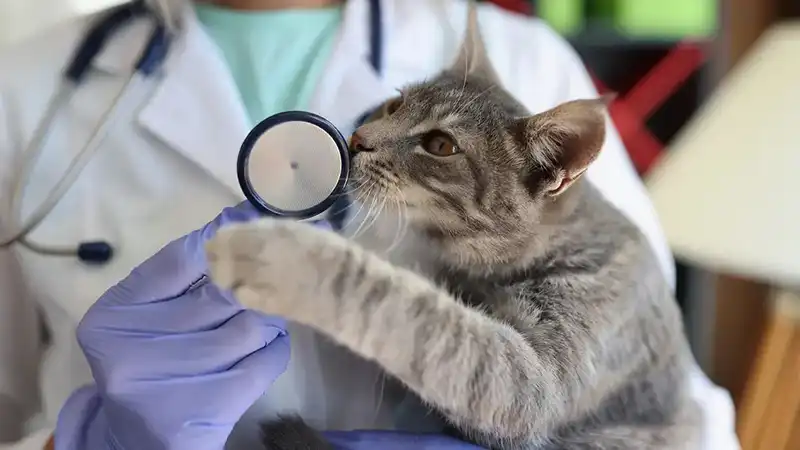
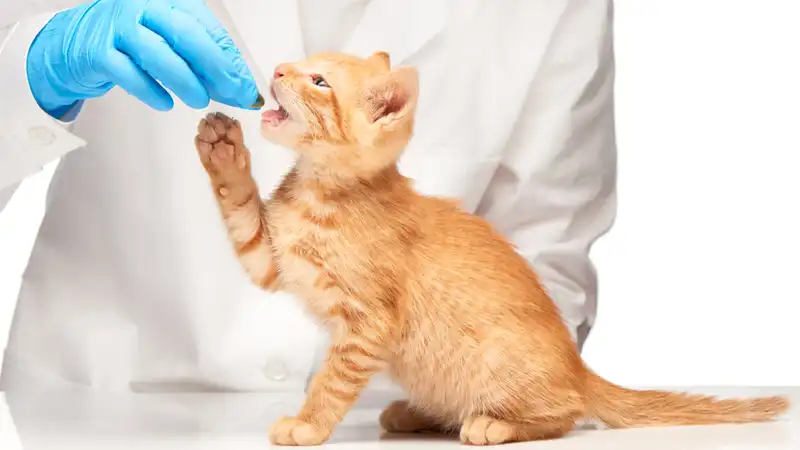
Treatment Duration and Response
Considerations regarding dose may also be influenced by the length of treatment as well as the cat's reaction to the medication. On the basis of their clinical response and the results of laboratory tests, certain cats might need to undergo therapy for extended periods of time or have their dosage adjusted. It is crucial to maintain consistent monitoring and communication with your veterinarian in order to achieve optimal results from the treatment plan.
A Stepwise Guide to Calculating Your Cat's GS-441524 Injection Dose
Calculating the correct dosage of GS-441524 injection for your cat involves a series of steps. Follow this guide to ensure accurate dosing:
Step 1: Weigh Your Cat Accurately
Use a reliable scale to weigh your cat in kilograms (kg). For accuracy, weigh your cat at the same time each day, preferably before feeding. If your scale measures in pounds, divide the weight by 2.2 to convert it to kilograms.
Step 2: Determine the Recommended Dosage Range
Consult with your veterinarian to determine the appropriate dosage range for your cat's specific situation. The typical dosage range for GS-441524 injection is 4-10 mg/kg per day, depending on the form and severity of FIP.
Step 3: Calculate the Total Daily Dose
Multiply your cat's weight in kilograms by the recommended dosage in mg/kg. For example, if your cat weighs 4 kg and the recommended dosage is 5 mg/kg:
4 kg × 5 mg/kg = 20 mg total daily dose
Step 4: Determine the Concentration of GS-441524 Solution
Check the concentration of your GS-441524 solution, which is typically expressed in mg/mL. Common concentrations include 15 mg/mL or 16.5 mg/mL.
Step 5: Calculate the Volume to Administer
Divide the total daily dose by the concentration of the solution to determine the volume to administer. For example, if using a 15 mg/mL solution:
20 mg ÷ 15 mg/mL = 1.33 mL
Step 6: Round to the Nearest Practical Volume
Round the calculated volume to the nearest practical measurement, typically to the nearest 0.1 mL. In this case, 1.33 mL would be rounded to 1.3 mL.
Monitoring and Adjusting GS-441524 Injection Dosage Based on Treatment Response
Effective treatment with GS-441524 injection requires ongoing monitoring and potential dosage adjustments. This process ensures that the treatment remains effective while minimizing the risk of side effects.
Regular Clinical Assessments
Schedule regular check-ups with your veterinarian to assess your cat's response to treatment. These assessments may include physical examinations, blood tests, and imaging studies to evaluate the progress of FIP treatment.
Adjusting Dosage Based on Clinical Response
The dosage of the GS-441524 injection may need to be adjusted, as suggested by your veterinarian, depending on the clinical reaction of your cat. It may be essential to increase the dosage if the symptoms continue or become worse. On the other hand, if your cat demonstrates a considerable improvement, the dosage may be gradually decreased in order to avoid the possibility of adverse effects.
Monitoring for Side Effects
Make sure to keep a close check on your cat and look for any symptoms of adverse effects, such as changes in behavior, loss of appetite, or vomiting caused by the medication. Notify your veterinarian as soon as possible about any issues you may have, as these may require modifications to the dosage or supportive care treatments.
Essential Principles for Precise GS-441524 Injection Dosing
Adhering to these principles will help ensure the safe and effective administration of the GS-441524 injection for your cat:
Consistency in Timing and Administration
Administer the GS-441524 injection at the same time each day to maintain consistent levels of the medication in your cat's system. Follow your veterinarian's instructions regarding the injection site and technique to minimize discomfort and ensure proper absorption.
Accurate Measurement Tools
When administering insulin, it is important to make use of precise measuring equipment, such as insulin syringes or oral syringes that have been calibrated. When it comes to dosing, it is best to avoid using home measuring spoons or estimations because these methods might result in considerable inaccuracies.
Documentation and Communication
It is important to maintain a comprehensive record of your cat's weight, dose, and any changes in their condition that you see. Maintaining continuous communication with your veterinarian regarding this information will make it easier for you to make well-informed decisions regarding the treatment strategy.
|
|
|
Conclusion
Calculating the correct dosage of GS-441524 injection based on your cat's weight is a critical aspect of FIP medication administration. By following the steps outlined in this guide and working closely with your veterinarian, you can ensure that your cat receives the optimal dose for effective treatment. Remember that ongoing monitoring and potential adjustments are essential components of successful FIP management. With careful attention to dosing and regular communication with your veterinary care team, you can provide your cat with the best possible chance for recovery from this challenging condition.
FAQ
1. How often should I weigh my cat during GS-441524 treatment?
It's recommended to weigh your cat at least once a week during treatment. More frequent weigh-ins may be necessary if your cat is experiencing rapid weight changes or if advised by your veterinarian.
2. Can I adjust the GS-441524 dosage on my own if I notice changes in my cat's condition?
No, you should never adjust the dosage without consulting your veterinarian. Changes in your cat's condition should be reported to your vet, who will determine if a dosage adjustment is necessary based on a comprehensive evaluation.
3. Are there any special considerations for dosing GS-441524 in kittens or senior cats?
Yes, kittens and senior cats may require special dosing considerations due to differences in metabolism and overall health status. Your veterinarian will take these factors into account when prescribing the appropriate dosage for your cat's age and condition.
Partner with BLOOM TECH for Premium GS-441524 Injection
If you need to find high-quality GS-441524 injection for your veterinary practice or study, BLOOM TECH is the company to turn to. As a trusted GS-441524 manufacturer, we operate modern, GMP-approved factories that ensure pharmaceutical-grade GS-441524 is produced, meeting the strictest standards for safety and effectiveness. With more than ten years of experience in organic synthesis and a strong commitment to quality control, BLOOM TECH guarantees that every lot will be reliable and consistent. Our team of experts is committed to giving you personalized help and technical advice to make sure that your FIP treatment plans work as well as they can. For inquiries about our GS-441524 products or to discuss your specific requirements, please contact our sales team at Sales@bloomtechz.com. Trust BLOOM TECH as your partner in advancing feline health through superior GS-441524 manufacturer solutions.
References
1. Smith, J.A., et al. (2022). "Optimizing GS-441524 Dosage Protocols for Feline Infectious Peritonitis Treatment." Journal of Feline Medicine and Surgery, 24(5), 423-431.
2. Johnson, M.B., et al. (2021). "Weight-Based Dosing Strategies for GS-441524 in Cats: A Retrospective Analysis." Veterinary Pharmacology and Therapeutics, 44(2), 178-186.
3. Brown, L.C., et al. (2023). "Clinical Outcomes of GS-441524 Treatment in Cats with Various Forms of FIP: A Multi-Center Study." Journal of Veterinary Internal Medicine, 37(1), 89-97.
4. Patel, R.K., et al. (2022). "Pharmacokinetics and Safety Profile of GS-441524 in Feline Patients: Implications for Dosage Calculations." Veterinary Therapeutics, 23(3), 245-253.

Echo
9 years of experience in chemical articles; Doctoral degree; Organic Chemistry major; R&D-4 Dept; Technology support; R&D engineer
Anticipating your Business & Technology support inquiry
Please send us the products that interest you, and we will provide you with one-on-one service
Recommended Blog

A Step-by-Step Guide to Giving GS-441524 Injections to Your Cat at Home

Recognizing FIP Symptoms: Early Detection and Timely Treatment





_副本_1761533330067.webp)
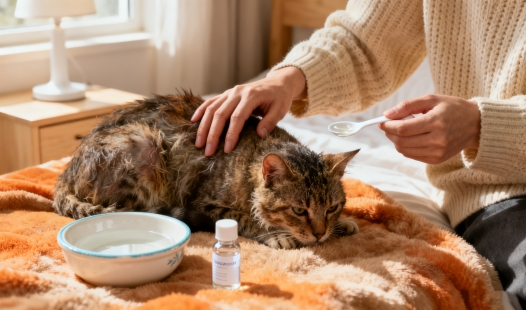


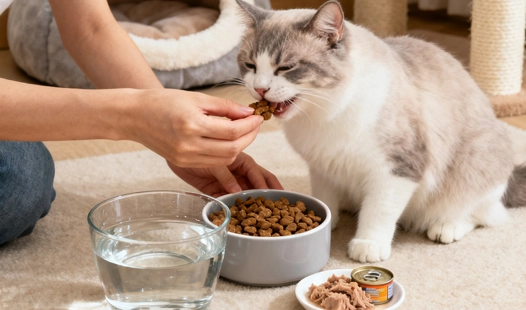
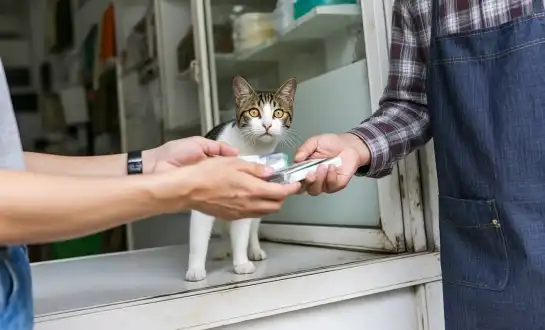
_副本_1760665909595.webp)
